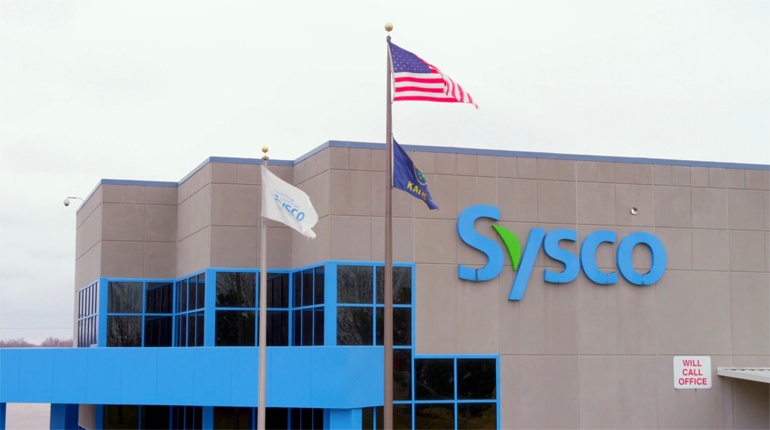A channel partner is a company that partners with another organization to sell their services, products, or technologies.
With channel incentive programs, an organization relies on channel partners to sell its products, services, or technologies. These products meet the demands of your channel partners’ customers.
Channel incentives should create an emotional connection with your dealers to stay top-of-mind during the sales cycle.
What are Channel Partner Incentives?
Channel partner incentives are rewards or bonuses that companies offer to their sales partners or channel partners, such as distributors, resellers, or retailers, to motivate them to sell more of their products or services. These incentives are designed to encourage partners to promote and sell a company's products more effectively and to help achieve the company's sales goals.
These incentives are often tied to specific sales targets or objectives, and partners may need to meet certain criteria or perform certain actions to qualify for them.
The goal of channel partner incentives is to build strong relationships with partners, increase brand loyalty, and ultimately drive sales growth for the company. By offering incentives, companies can motivate partners to focus their efforts on promoting their products or services and help them stand out in a competitive market.
What Do Successful Channel Incentive Programs Have in Common?
- Clear and measurable goals: Successful programs have clear, measurable objectives that align with the company's overall sales and marketing goals.
- Easy-to-understand rules and criteria: The program's rules and criteria should be straightforward and easy to understand, so partners can easily participate and know how to earn incentives.
- Relevant and valuable rewards: Incentives should be relevant and valuable to partners and aligned with their interests and needs. This can help motivate partners to participate in the program and strive to achieve their goals.
According to the Incentive Research Foundation, businesses use, on average, more than 6 types of awards for channel incentives.
Top-performing organizations are more concentrated on awards that allow participants’ choice.
- Regular communication: Ongoing communication with partners is crucial for keeping them engaged and motivated throughout the program. This can include regular updates on progress, feedback on performance, and tips for achieving program goals.
- Robust tracking and reporting: Effective tracking and reporting can help companies measure program success, identify areas for improvement, and provide partners with visibility into their progress and rewards.
- Flexibility and adaptability: Programs that are flexible and adaptable can better accommodate changes in partner behavior or market conditions, and ensure the program remains relevant and effective over time.
How Do I Measure Success?
Measuring the success of a channel partner incentive program requires a comprehensive approach that considers both quantitative and qualitative metrics.
Here are some key metrics to consider when evaluating the effectiveness of a channel partner incentive program:
- Sales growth: One of the most important metrics to track is sales growth. This can include overall sales volume, sales of specific products or services, and sales by individual partners.
- Partner engagement: Engaged partners are more likely to participate in the program and achieve their goals. Tracking partner engagement can involve monitoring participation rates, feedback from partners, and the number of partners achieving program goals.
- Return on investment (ROI): ROI is a key metric for evaluating the financial success of the program. This involves comparing the costs of running the program against the revenue generated through increased sales and other benefits.
- Program costs: It's important to track program costs to ensure they are within budget and that the program is financially sustainable over the long term.
- Partner satisfaction: Measuring partner satisfaction can provide insights into the effectiveness of the program in building strong relationships with partners. This can involve surveying partners for feedback on the program's relevance, value, and ease of participation.
- Brand awareness: Channel partner incentive programs can also help build brand awareness and increase the company's visibility in the marketplace. Tracking metrics such as website traffic, social media engagement, and media coverage can help gauge the program's impact on brand awareness.
By tracking these metrics over time, companies can gain insights into the effectiveness of their channel partner incentive program and make data-driven decisions to improve the program's success.
Which Metrics Should I Measure?
The performance metrics most often used to evaluate the success of channel partner programs are
- Net new customers
- Product sales in dollars
- Product sales in units
- Market share
Other key metrics include:
- Satisfaction surveys
- Brand compliance
- Product knowledge
Getting Started with Channel Incentives
Getting started with a channel partner incentive program involves several steps. Here's an overview of the key steps you can take:
- Define your goals and objectives
- Develop a program strategy
- Choose an incentive platform
- Set program rules and criteria
- Design your incentive program
- Launch and promote the program
- Monitor and optimize the program
About C.A. Short Company
Our platform provides a user-friendly interface that allows partners to easily track their progress, view their rewards, and communicate with their team.
With a wide range of incentives, our program is designed to motivate and engage partners and help drive sales growth.
If you're interested in learning more about our channel incentive platform and how it can benefit your business, please contact us to schedule a demo.


.png?width=70&name=Untitled%20design%20(11).png)


.jpg)



SHARE